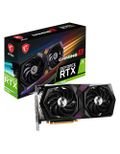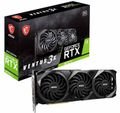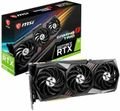Do You Really Need a Graphic Card?
What are the main types of graphic cards in the market? How can you determine what you need? What are the important specifications you need to watch?
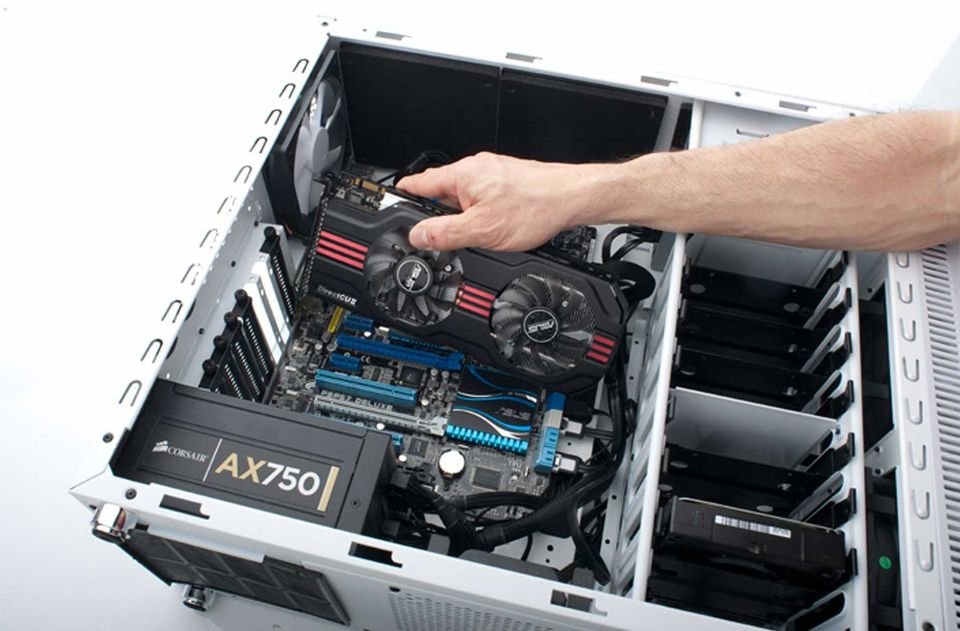
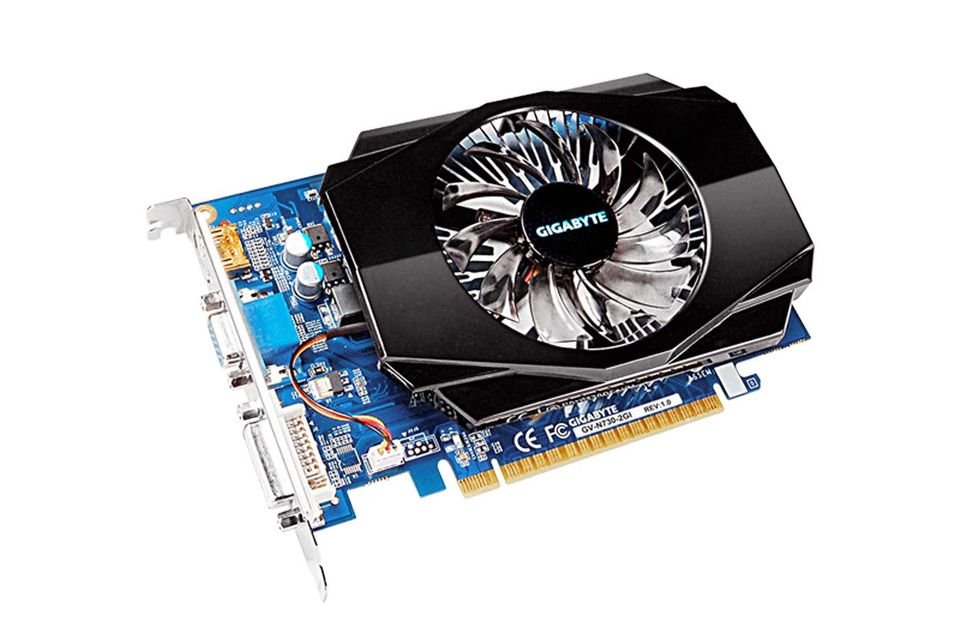
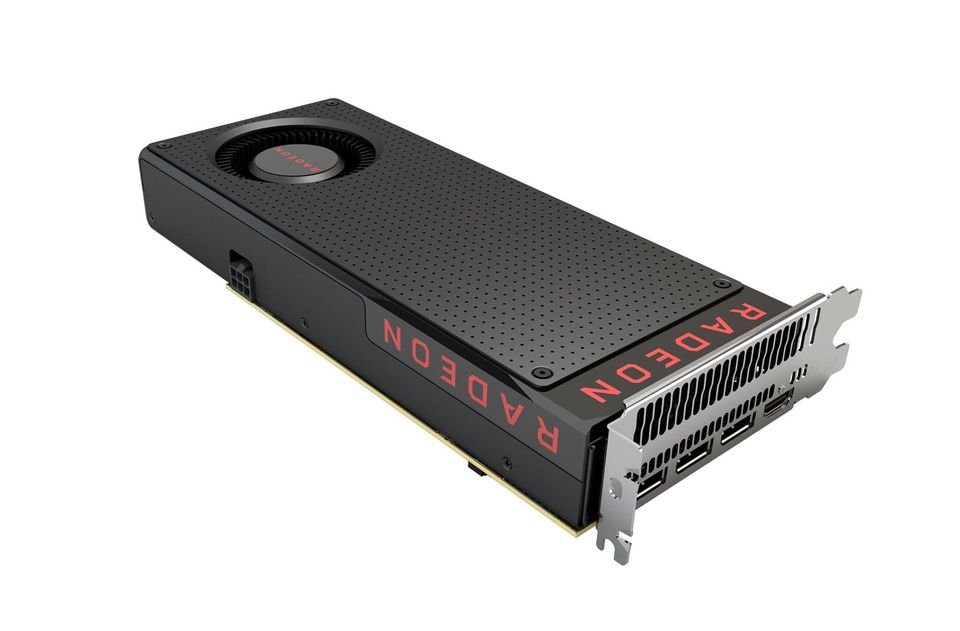
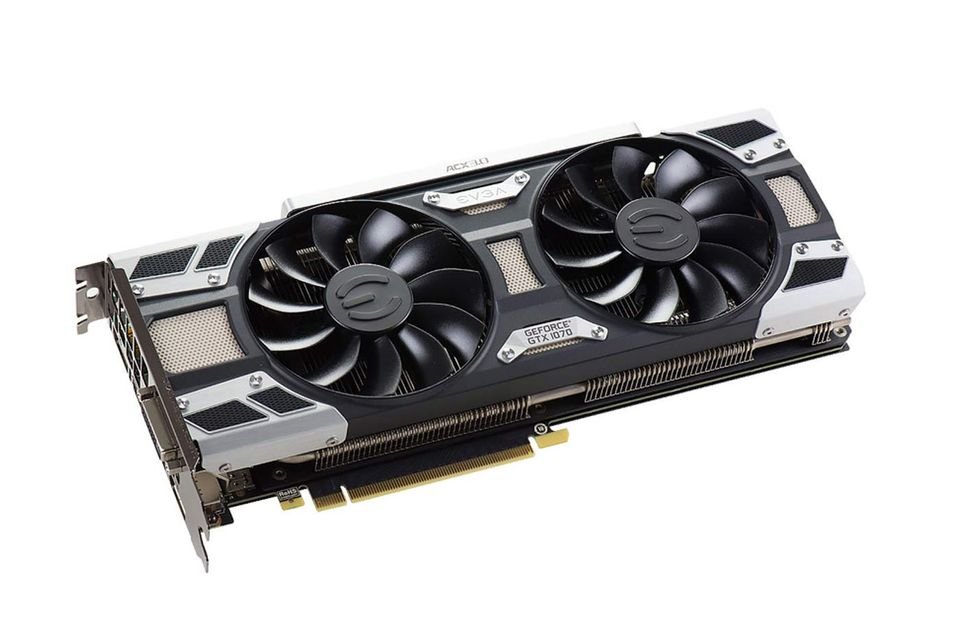
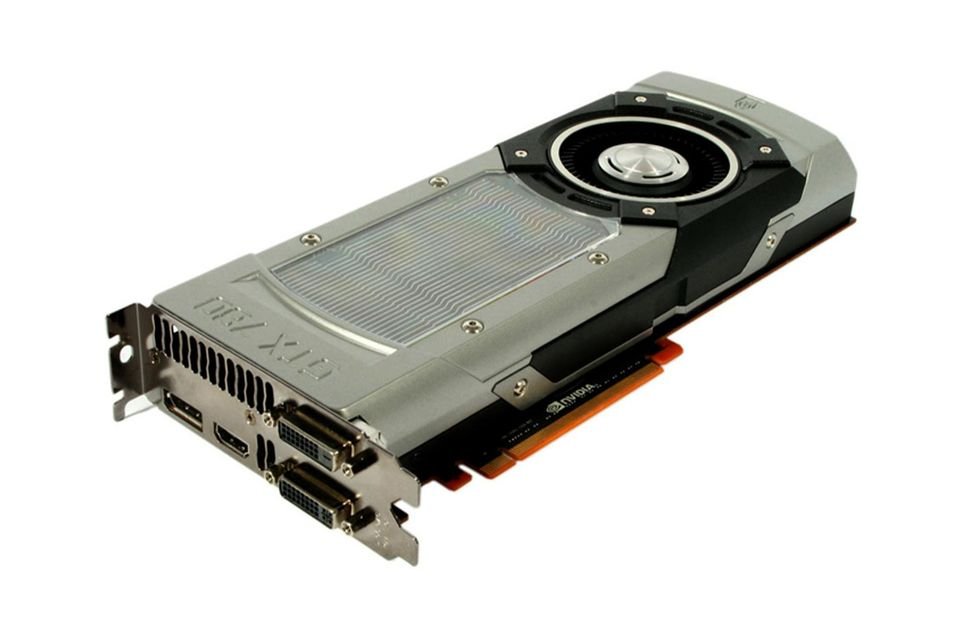
Graphic cards are one of the important computer devices for video gamers – if not the most important! Graphic cards are also important to graphic designers, architects, and interior designers.
We must note that graphic cards are one the most important devices in computers that controls what the user sees on the screen – resolution, contract, and colors! Having a good computer screen is not good enough for your computer even if it is a big one. You will also need to have a graphic card to attain the expected results when it comes to screen resolution and color contrast.
All computers have a built-in graphic card and sometimes those cards are good for the users. Therefore, we will use video gamers as a standard to differentiate between good, average, and above average graphic cards as gamers are the people who use them a lot and can evaluate them.

Also, we must mention that each computer has its own specifications and features and so they differ from one brand to another and type to type; this also affects graphic cards! You will not be able to install any graphic card if the computer does not support it since each graphic card has its own requirements for RAM memory, operating system, etc…
Hence, the first step before buying a graphic card is to determine your computer’s specifications and to make sure of the graphic card’s compatibility.
Graphic cards can be categorized into four main types according to video gaming proficiency:
Professional Gamers
Usually video gamers play high quality games (HD Games) and those types of games need a graphic card with high resolution, contrast, and clarity.

Professional gamers need advanced graphic cards called Enthusiast Graphic Cards. This type of cards consume a large memory place from the RAM; around two gigabytes. Thus, you need a computer that can provide and support such space!
This type of cards can process graphic images quickly, has more than one output type, and is the most expensive graphic card.
Average Gamers
Most computer users belong in this category as they play computer games almost regularly. Gamers of this category may sometimes need high resolution (but not constantly). In addition to gamers, users in this category also include architects, interior designers, and graphic designers.

Average gamers need a graphic card known as Performance Graphic Cards. This type of graphic card needs at least one gigabyte from the RAM in addition to other space needed for the applications.
Performance graphic cards also belong to the types of cards that process graphic images quickly and have more than one output type, but it is less expensive than enthusiast graphic cards.
Normal Gamers
The type of graphic card in this category is suitable for users who play games that have lower quality (normal resolution games). Also, the graphic card of this category is suitable for people who edit videos and pictures on their computer.
The cards are called Mainstream Graphic Cards and they are available (built-in) in most new computers when purchased. It takes one gigabyte from the RAM and has an average speed of processing graphic images and it has more than one type of output ports.
Mainstream graphic cards have average prices; when not already available in the computer upon purchase.
Normal Users
Generally, most computer users belong in this category. They include: businessmen, students, internet browsers, Microsoft Office Users, etc…
People in this category do not require a graphic card or a desktop computer to do their tasks as a laptop can easily support the type of work they do. If the need arises for a graphic card, then the Entry Level Graphic Cards are the type suitable for this category.

Entry level graphic cards are simple ones that consume less than one gigabyte from the RAM and have a low speed for processing graphic images. The main purpose for these types is that it works on improving, developing, and diversifying computer outputs; like powering a second screen. Their prices are low and affordable.
Once you determine the category you belong to as a computer user, it will become easier on you to find the type of graphic cards suitable with your needs! This will make it easier on you when purchasing one. There are, however, some other specifications and features that you need to check before making a purchase.
Specifications and Features of Graphic Cards
After choosing the type of graphic cards suitable with your needs, you need to check whether or not it is suitable with your computer. You also need to know some facts like: the simple and cheap graphic cards are suitable for businessmen and students.
Users who want to play video games, work with 3D programs and applications, and even watch movies will need an average to high quality graphic cards.
Below you will find the important specifications and features that you need to consider before making a purchase:
Type of Graphic Card Output
It is important to check that the graphic card output is compatible with your own computer. To be more precise, make sure you can install the card on your computer’s motherboard.
There are three types of outputs on the computers motherboard that accepts graphic cards: AGP, PCI Express, and PCI.
Graphic Card Clock Speed
The graphic card’s clock speed – or frequency – gives a reading or calculates the cards power. High or fast clock speed does not mean that the graphic card can process images and graphics quickly on the screen.
Graphic cards with speeds between 240 and 300 gigahertz are considered graphic cards with low quality. Cards with speeds between 300 to 500 gigahertz are considered average cards. Cards with speeds exceeding 500 gigahertz are considered high quality graphic cards.
Memory Capacity
The capacity of the graphic card is also important. It clarifies the cards ability to support, process, and operate without using the computers RAM. We must point here that the larger the size of the graphic card’s memory, the faster it will operate.
Regular graphic cards have a maximum storage capacity of 128 megabytes. Average graphic cards have a capacity between 128 and 256 megabytes, while high quality graphic cards have a capacity between 256 megabytes and 1 gigabyte.
Summary

Finally, the user needs to ask whether or not they need a graphic card. If the answer is yes, you must determine the type of category you belong to according to the tasks you perform.
Afterwards, you need to check the cards output, motherboard, speed, and memory capacity. These factors will help you determine the quality of the card you want to purchase (low, medium, or high).
Labeb.com, just like always, will guide you when wanting to purchase an electronic device or appliance to ensure making a smart decision.
- [[PropertyDescription]] [[PropertyValue]]
